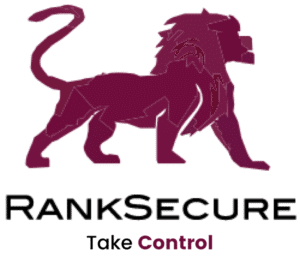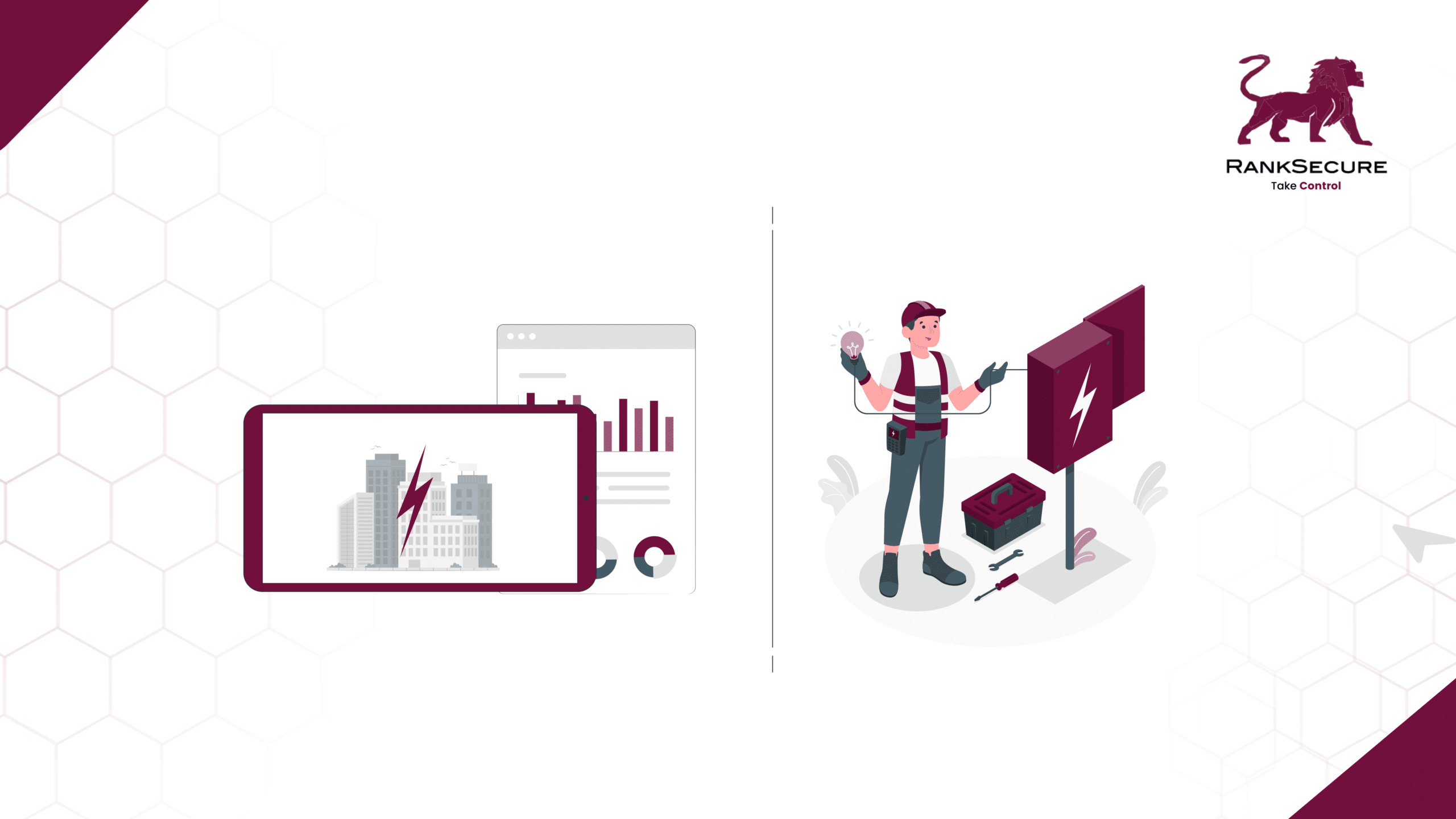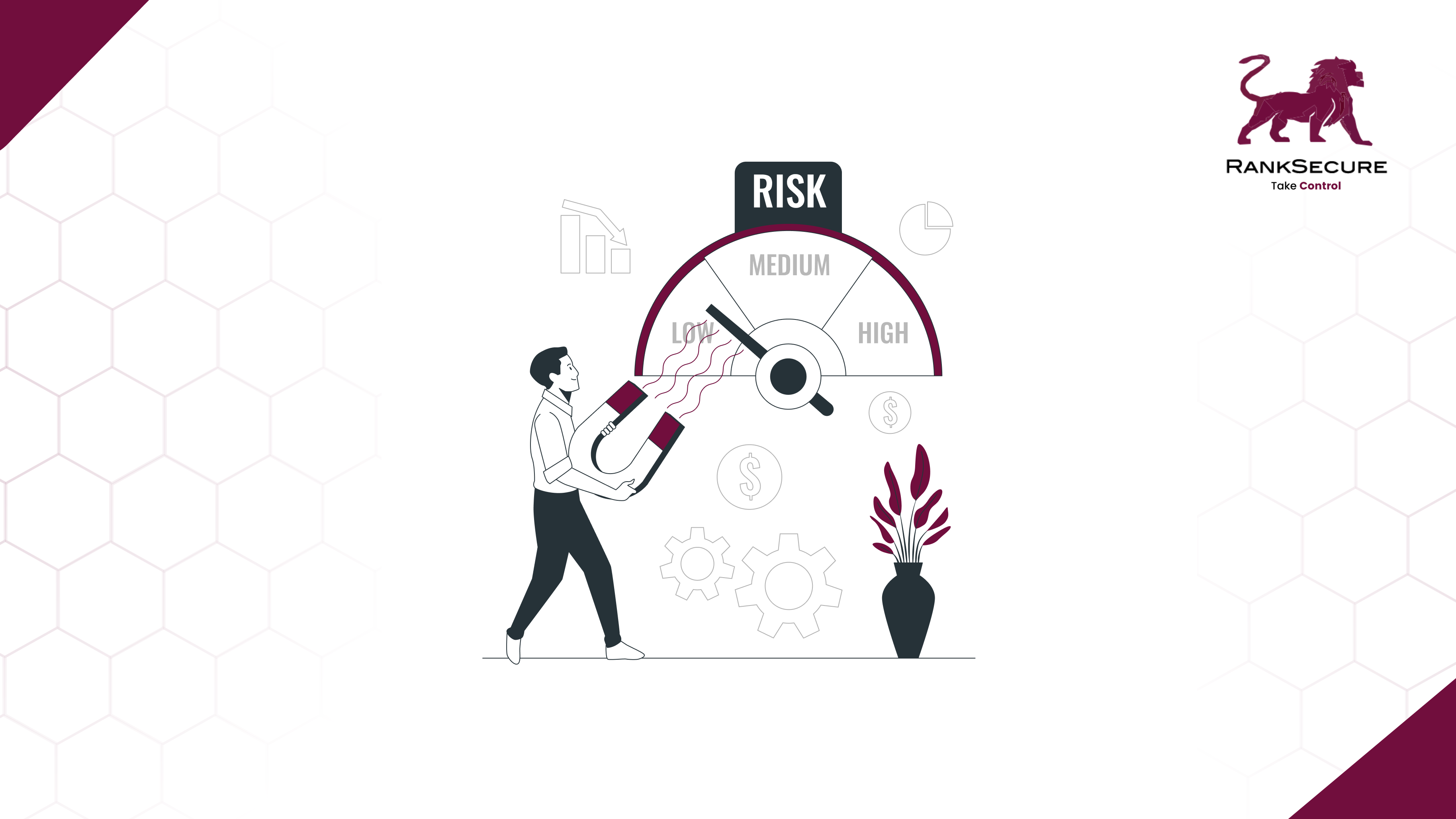Smart Power Monitoring Systems vs. Traditional Solutions
IT energy demand accounts for approximately 2% of global CO 2 emissions, approximately the same level as aviation, and represents over 10% of all the global energy consumption (over 50% of aviation’s energy consumption). IT can account for 25% of a modern office building’s energy cost. – Source
The statistics highlight the crucial need for power and energy monitoring systems for modern IT Infrastructure. These solutions enable organizations to analyze and interpret their asset performance and functioning, further benefiting their cost structures.
The two techniques organizations have attempted to introduce energy monitoring, that is traditional and smart power monitoring solutions. While traditional technology has existed for a long time now, smart solutions have taken over the markets lately. Let’s discover some solutions to understand what meets your organizational requirements.
Exploring Traditional Power Management Solutions
With traditional power management solutions, we aim to explore the solutions that require IT infrastructural transformation to manage power and monitor energy. The market at present is crowded with these solutions. A few that organizations have the option to implement or have implemented to reduce power cost structures include:
Renewable energy sources
Renewable energy resources like solar energy and renewable fuels to generate electricity have been introduced. This solution helps organizations cater to electricity demand and guide them towards power sufficiency.
Building energy management system (BEMS)
Heating, ventilation, and other energy-consuming equipment are a few of the systems that BEMS can monitor and manage in a building. BEMS evaluates and optimizes the energy use of buildings using data from sensors, meters, and other sources.
Green data centers
A sustainable or green data center is a type of service facility that makes use of energy-efficient technologies. They use newer, more effective technology and do not incorporate outdated systems, such as idle or underutilized servers.
Smart grids and smart meters
Smart grids are an electrical power distribution system that facilitates two-way communication between consumers and the utility supplier. Data centers, smart meters, controllers, and power/current sensors are a few of the resources that go into smart grid technology.
Hardware rehabilitation
Hardware assets are crucial to every business. However, there is a proven decline in their performance over the years which leads to organizations opting for new systems and other assets.
Are traditional solutions effective?
These solutions are effective and efficient in their functioning. However, there are a few disadvantages that cannot be ignored.
Capital expense: These solutions are heavily capital-dependent and require investments and reinvestments occasionally.
Management: These solutions require timely manual intervention and management. The replacement of necessary hardware costs also creates an impact.
Inaccessibility: Though these solutions are effective, not every business can manage to implement an outsourced solution that requires extensive budgeting.
What are the possible solutions otherwise? Let’s understand.
Smart power and energy monitoring solutions: An alternative?
Smart power management solutions are an integration of technology-based solutions that work towards power and energy monitoring without hassle or extra infrastructural changes. These software are specifically designed to enhance performance and functionality leading to reduced operational costs.
Let’s understand the pros and cons of using smart power management solutions.
Pros:
Improves Energy Efficiency: Introducing these solutions to your IT hardware significantly contributes to energy efficiency.
Predictive Maintenance: The solutions predict maintenance and allow organizations to avoid major losses because of asset dysfunction.
Real-Time Insights and Reporting: With insights on individual systems all in one place, these solutions help you gather crucial information.
Scalability and Flexibility: These solutions are easily adaptable now to every business including small businesses and startups.
Cons:
Connectivity Dependency: Real-time data transmission of smart power management solutions depends on a steady and secure network connection, which makes them vulnerable to interruptions due to network unavailability.
Adoption and Training Challenges: Employees may need to be trained and familiarized with new procedures and technology related to smart power management.
In our experience, we’ve observed that the future of power & energy monitoring systems will incline toward solutions that are capable of –
→ Getting the job done.
→ Utilizing less capital
→ Eliminating infrastructural challenges
→ Reducing operational costs
→ Conducting predictive analytics and mainatainence
One such recommendation is the IPM+ Energy and Power Management Solution. The solution benefits in cost reduction, saves power, and will work on all hardware assets- despite specifications. With a patented predictive technology, the solution is designed and curated to meet all your demands and the only access requirement is installation on each device which can be collectively monitored with a smart dashboard. A smart solution for a smarter business like yours.







